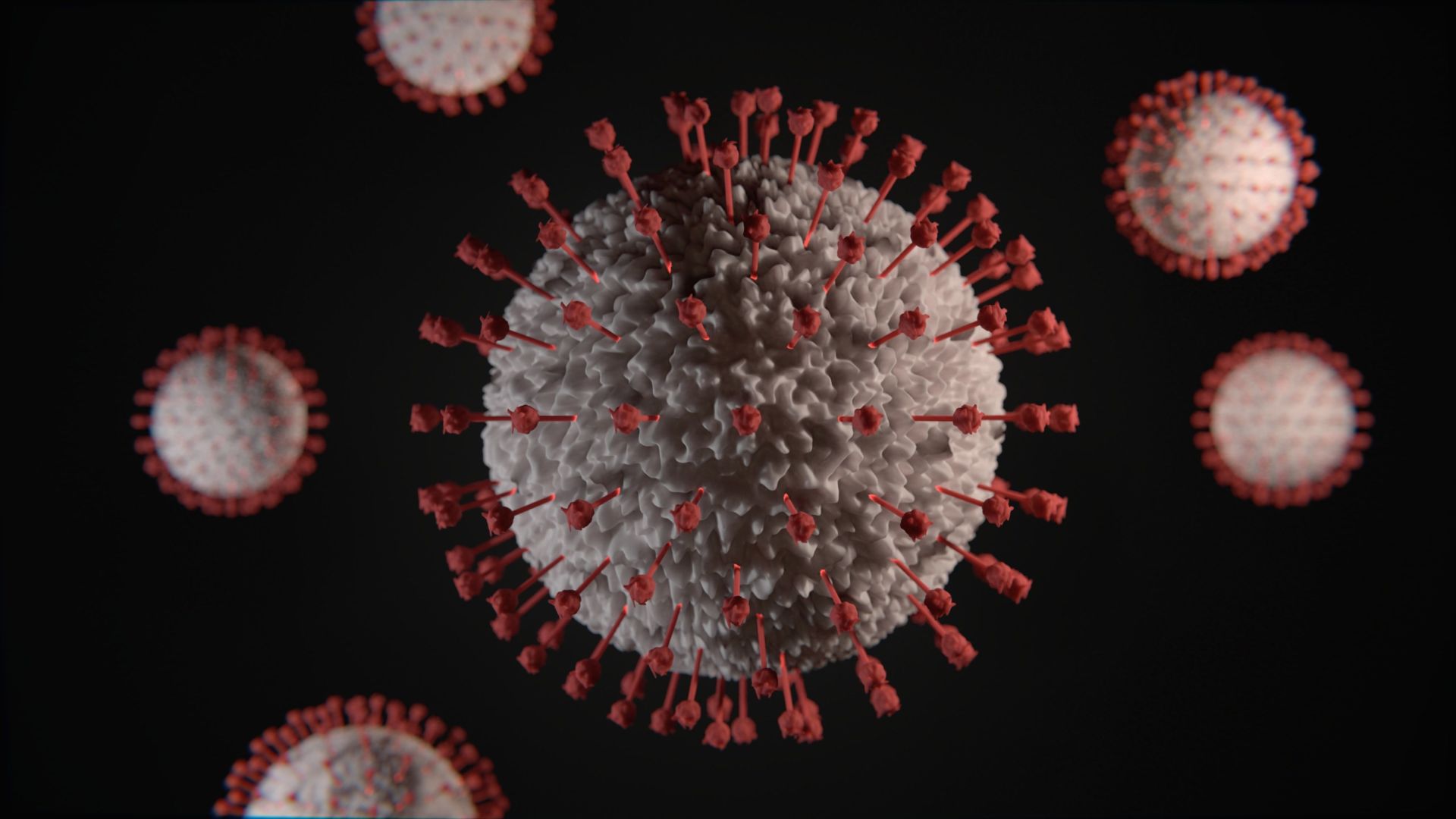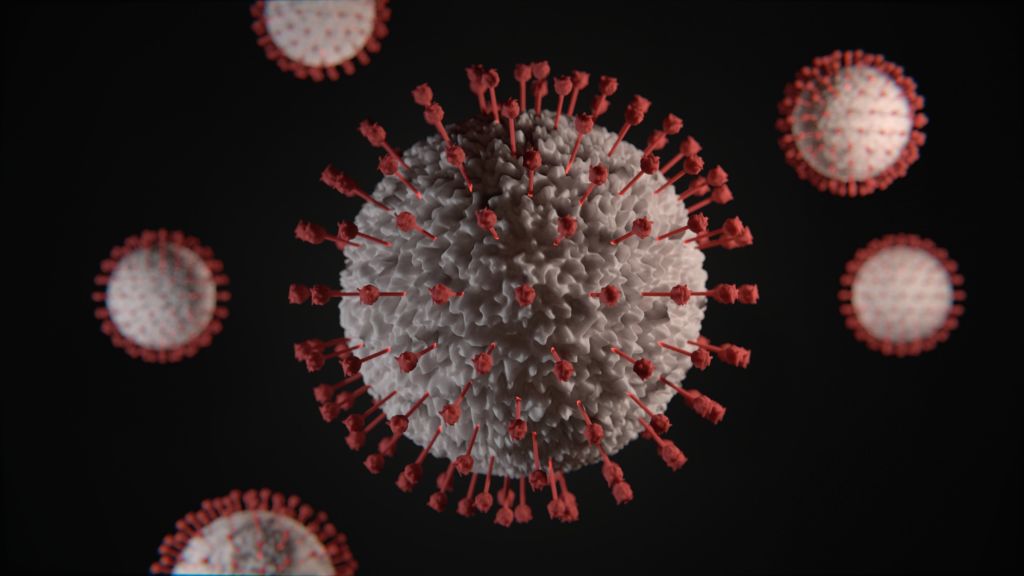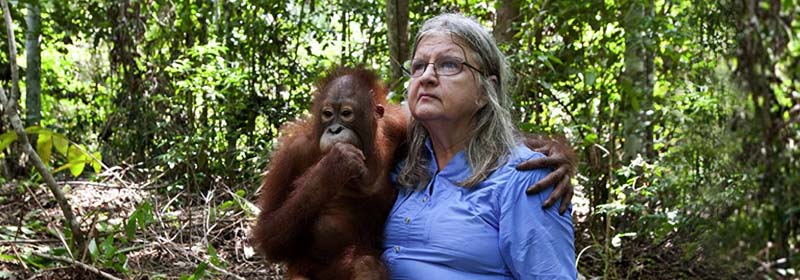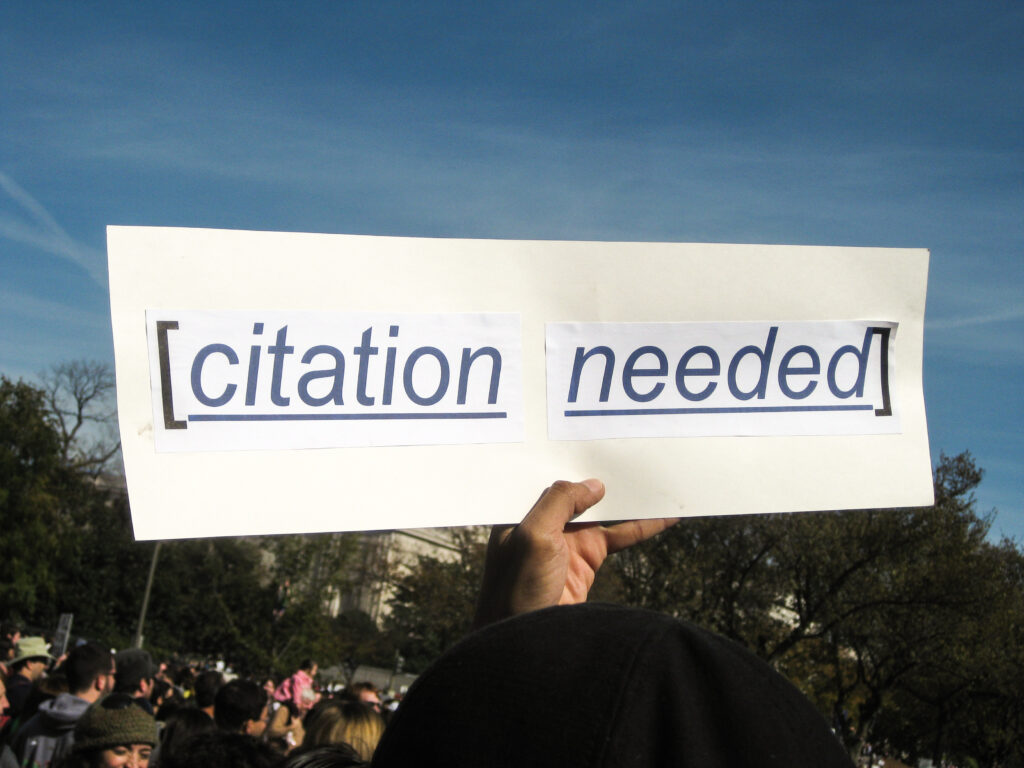Coronavirus

What is it? How to avoid it? What to do if I suspect I may have it? Is it good in any way?
The Coronavirus known as 2019-nCoV causes an acute respiratory syndrome that has infected, to this day more than 80k people in China, and killed around 3k. This virus belongs to the family Coronaviridae, which is composed of a single chain of RNA, classified as “positive-sense single-stranded RNA virus“. Phylogenetic analysis demonstrated that the virus is related to the SARS coronavirus. In simple English (jargon off), we can say, that this is a new virus but similar to one that originated before in China.
Worldwide 381k cases have been confirmed and there is a record of 16k deaths. USA 46k positive cases and 585 deaths. Mexico only has 350 confirmed cases. Italy is the country with more cases after China, with around 60k cases and 6k deaths. Because of this, Italy has requested to stop all commercial activities in the country with the exception of grocery stores and pharmacies. On the other hand, countries like the US have decided to cancel all flights to Europe for the next 30 days.
Google Coronavirus Map for more info: https://google.org/crisisresponse/covid19-map
After all those cases, and many more around the world, the OMS declared Coronavirus as a pandemic. This means that COVID-19 is an epidemic disease that is present in various countries at the same time. This is causing panic in different parts of the world, where people for some reason are buying toilet paper in big quantities. Does anyone know if it has antiviral properties?
Coronavirus myths
Due to my inability to talk about the antiviral properties of toilet paper or “roll” as we call it in my town, I will go through the prevention measures available.
Right now a lot of information is going through social media, one that has been said a lot of times is the following:
Coronavirus dies at temperatures above 25 ºC or 77F
Many social media posts and grandma’s gossip
Even though this sentence in itself is true. What is not clarified is that this only happens if the virus is on a surface, outside of our bodies. Once the virus infects someone, the temperature is irrelevant and other people can be infected. In this sense, trusting global warming (a problem that actually could strike down the world population), is not the best prevention measure.
On the other hand, you can buy as many facemasks as you want, and you may still get sick of the number of bacteria a facemask accumulates. Facemasks are only for people who are already sick or have symptoms.
Real preventive measures
To really prevent getting infected, we have to know our daily routines. Which are the objects that you touch the most in a day and that are more exposed to the outside world? For me, the answer to this question is:
- Cellphone
- The car’s steering wheel
- Headphones
- Eyeglasses
Now that you know which are those objects, clean them with antibacterial several times a day. After doing this, wash your hands as if you had just grabbed the hand of your worst enemy or as if you had just grabbed chili peppers and want to put on your contact lenses.
If you are a health worker such as a physician or nurse, leave your lab coat in the hospital, gowns are objects that can pollute the external individuals with many diseases, not just Coronavirus but all the pathogens that you are exposed to.
In some parts of the world, lockdown is now a thing and in the following weeks, it would be a reality for all we, therefore, I leave you all a playlist to keep it chill.
What should I do if I think I have Coronavirus?
If you’ve been careful, but still present symptoms, the first question is: what should I do? The most direct answer is
Don’t go to the hospital
Firsts symptoms after exposure would be:

These symptoms do NOT require you to go to the hospital, just stay at home and call your physician to receive medical advice.
However, if you present emergency warning signs for COVID-19 get medical attention immediately. Emergency warning signs include:
- Difficulty breathing or shortness of breath
- Persistent pain or pressure in the chest
- New confusion or inability to arouse
- Bluish lips or face
If you live in the USA and have emergency signs Call 911, notify the dispatch personnel that you have, or are being evaluated for COVID-19. If possible, put on a facemask before emergency medical services arrive.
In other parts of the world such as Mexico, the government has installed a phone number for these cases. The first thing you should do is call that emergency number and they will send a team that tests and confirms the need for medical attention.
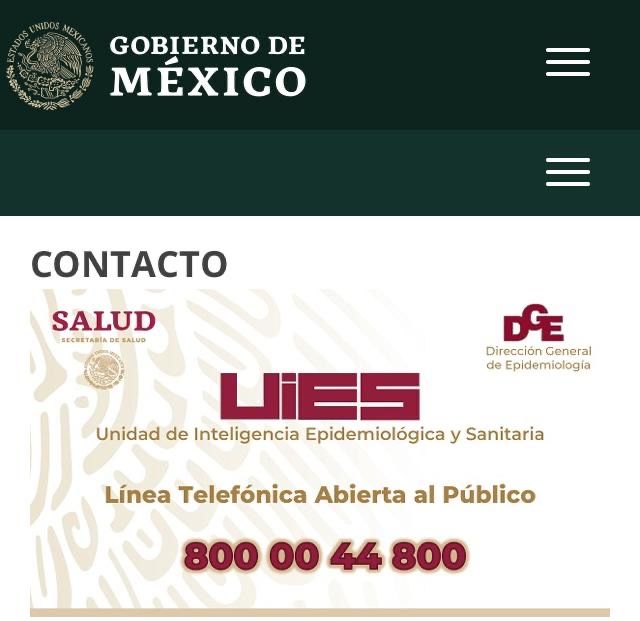
In case you live in other parts of the world you should check: World Health Organization. Nonetheless, I will leave a list of specific links with health care telephone lines for different countries.
Are there any positive aspects to the Coronavirus Pandemic?
Events like this always lead to a reflection. For me, this reflection comes from the origin of the virus.
Coronavirus has left an important topic for world leaders. Wuhan, the place where Coronavirus started, is a place where different species are sold as food or with medical properties. China is widely known for consuming endangered species. These claimed “benefits” have never been proved scientifically.
Pangolin
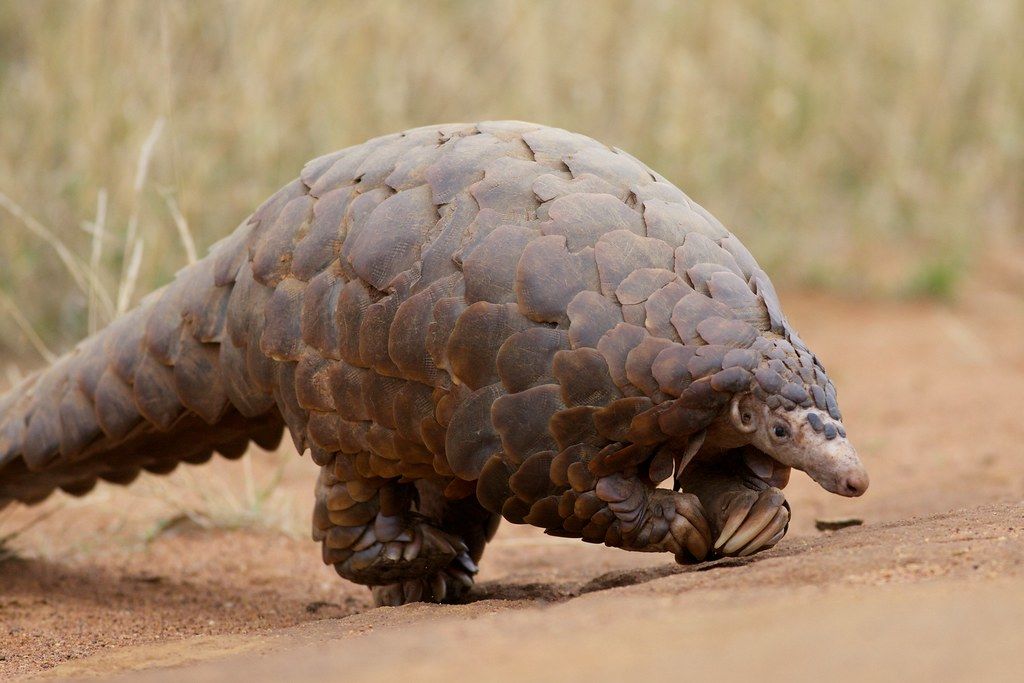
One of the most important species is the Pangolin (order: Pholidota), the most trafficked mammal in the world. Guangzhou University identified it as a potential origin of nCoV-2019. This is relevant, first because it helps us identify the origin and transmission of the virus, and with it, how to prevent it. But at the same time, it makes clear the dangers of using wild species in the way they are being used in China. Asides from being illegal, because the Pangolin is a protected species and highly threatened. If we continue to avoid fixing this problem, it is highly likely that something like this will happen again, and that it will threaten the global population, just because a small group of people decides to keep damaging endangered species in favor of “benefits” without scientific evidence.
Rhinoceros

Another species that has been affected by illegal trafficking from China is the Western black rhinoceros (Diceros bicornis longipes) which was declared extinct in 2011. Even after this declaration, right now other species of rhinoceros are still being hunted to keep the Chinese market running. These practices continue because they are also linked to medical “miracles” of cancer, which also doesn’t have a scientific backup.
Totoaba and Vaquita
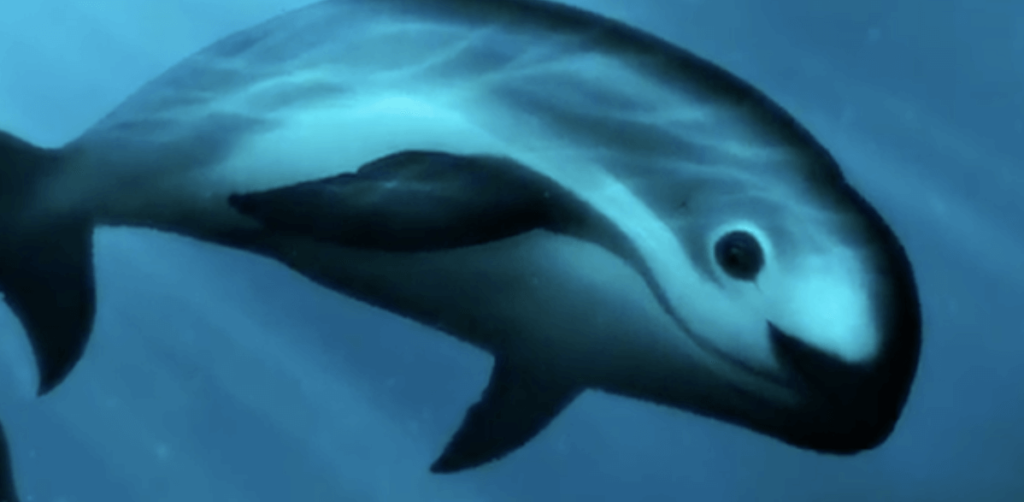
In Mexico, the illegal traffic pushed by China has left a similar story. The case of Totoaba (Totoaba macdonaldi) species with origin in the Gulf of California. The excessive fishing of this species is related to the demand of their “swim bladder”, which is considered a delicacy in Chinese cuisine, as well as being known for helping the symptoms of pregnancy and helping in articulation pain. This as the two examples above, has no medical or scientific backup. This demand has positioned the Totoaba in critical danger of extinction. Alongside the hunt of Totoaba, there is a lot of incidental fishing, where the most affected animal is the Vaquita (Phocoena sinus), a species that will soon be declared as extinct because Mexico’s government wasn’t brave enough to stop this illegal hunting incentivized by China.
In summary, all the connections between Coronavirus, pandemics and illegal traffic of species are relevant. We can make a deep reflection on the impact of illegal traffic. Particularly on the one that China is executing in different countries like Mexico, causing the fast extinction of unique species. Maybe the Coronavirus will not destroy the world, but China may end with a lot of species that belong to it.
Sources:
Findley, L. (2010). “Totoaba macdonaldi”. The IUCN Red List of Threatened Species. IUCN. 2010: e.T22003A9346099. doi:10.2305/IUCN.UK.2010-3.RLTS.T22003A9346099.en
Boettcher, Daniel (2013). “Western black rhino declared extinct”. BBC. Retrieved 2011-11-10.
Liu, P., Chen, W., & Chen, J. P. (2019). Viral Metagenomics Revealed Sendai Virus and Coronavirus Infection of Malayan Pangolins (Manis javanica). Viruses, 11(11), 979.
Read, J. M., Bridgen, J. R., Cummings, D. A., Ho, A., & Jewell, C. P. (2020). Novel coronavirus 2019-nCoV: early estimation of epidemiological parameters and epidemic predictions. medRxiv.
Stoye, E. (2020). China coronavirus: how many papers have been published. Nature, 30, 2020.
World Health Organization 2020: https://experience.arcgis.com/experience/685d0ace521648f8a5beeeee1b9125cd
If you have symptoms:
- Spain: https://www.rtve.es/noticias/20200309/hay-hacer-si-tengo-sintomas-coronavirus/2004698.shtml
- Peru: https://www.gob.pe/8662-ministerio-de-salud-coronavirus-en-el-peru
- Chile: https://www.minsal.cl/nuevo-coronavirus-2019-ncov/
- Argentina: https://www.argentina.gob.ar/salud/coronavirus-COVID-19/recomendaciones-prevencion-empresas-organismos-atencion-publico
- USA: https://www.cdc.gov/coronavirus/2019-ncov/about/steps-when-sick.html
- Colombia: https://d2jsqrio60m94k.cloudfront.net/
- Guatemala: https://www.mspas.gob.gt/index.php/noticias/coronavirus-2019-ncov
- Costa Rica: https://www.ministeriodesalud.go.cr/index.php/centro-de-prensa/noticias/741-noticias-2020/1532-lineamientos-nacionales-para-la-vigilancia-de-la-infeccion-por-coronavirus-2019-ncov
- Rest of the world: https://who.maps.arcgis.com/apps/webappviewer/index.html?id=2203b04c3a5f486685a15482a0d97a87&extent=-17277700.8881%2C-1043174.5225%2C-1770156.5897%2C6979655.9663%2C102100
